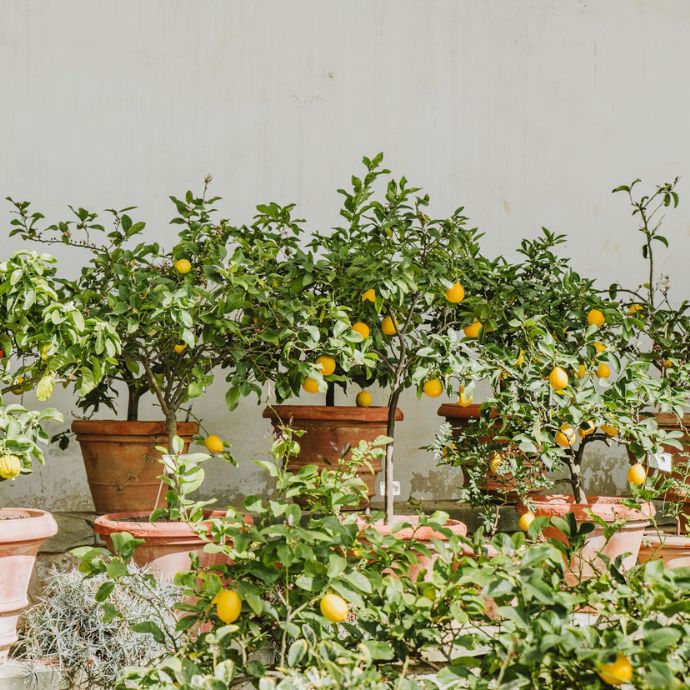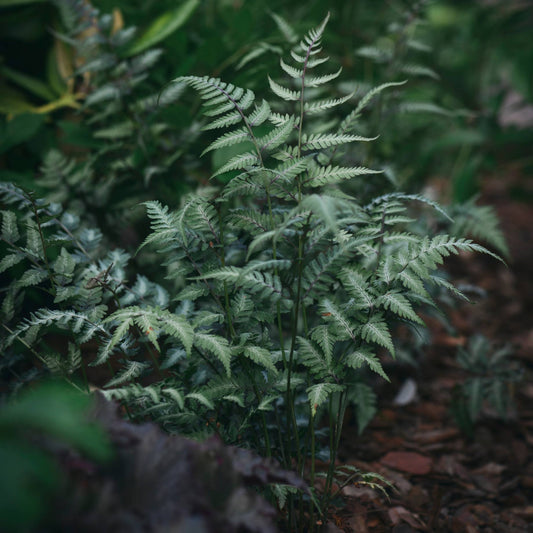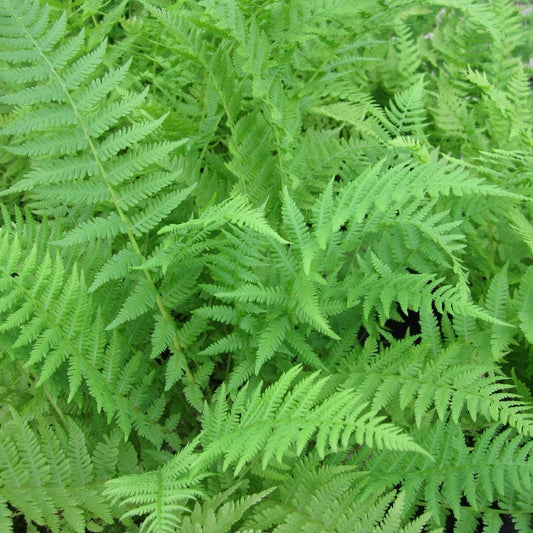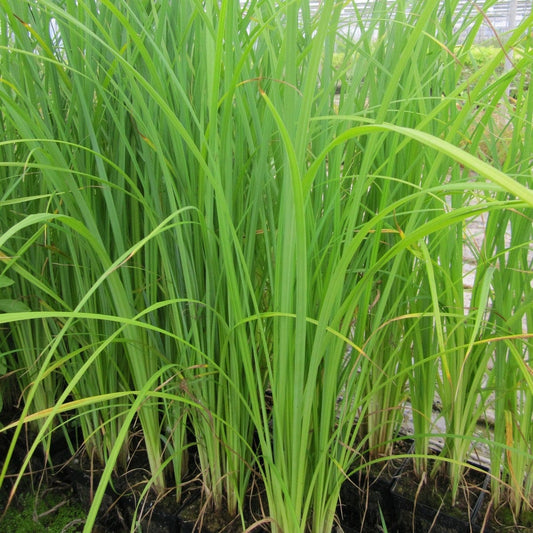Best Pond Plants: Top 5 Plants to Bring Your Pond to Life

Building a garden pond is probably the most impactful thing you can do for wildlife, and plants are a vital part of the process. You’ll see pond plants described as marginals, oxygenators, bog plants and more. But what do these terms mean, which of them are the best plants for ponds and how do you know which ones to choose for which creatures?
Each kind of plant plays a different role in creating the perfect ecosystem and getting the right combination of plants is essential for an attractive and healthy pond that’s easy to maintain.
We’ve put together this guide to help you choose the right plants for a well balanced pond, with some insider tips and our pick of the plants to get your pond buzzing with life in no time!
Jump to:
1. Oxygenators
Oxygenators are the most important plants for maintaining a clear, healthy pond, and may be submerged, floating or emerging above the water. They help to control algae, using the same nutrients as well as absorbing the carbon dioxide it needs to grow and converting it to oxygen. This also enables water animals like fish, snails and tadpoles to thrive underwater.
Our choice: Water Violet is an attractive plant with feathery foliage rising above the water and dotted with creamy white flowers. It’s also very versatile, thriving in deep or shallow water.
Top tip: A good number of oxygenating plants is 3-8 bunches per 1000 litres (m3) of water.
2. Marginals
Marginal plants are to be found growing at the edges of ponds and streams, often planted in the shallows of the water. As well as adding colour and height, marginal plants provide a ready made habitat for birds, amphibians and insects such as dragonflies, who love to perch on their stems and foliage. They’re also important for pollinators - choose a good mix of different types for diversity.
Our choice: The Yellow Flag Iris (Iris pseudacorus) is a classic native plant which is a real wildlife magnet. The bright green foliage stands tall and upright, framing the pond while soaking up the sun to produce its buttery yellow flowers. For extra impact, combine it with another British native, the bulrush - its large brown seedheads provide a glorious backdrop and will look great all year round.
Top tip: To attract pollinators, plant Purple Loosestrife - the tall flower stems are packed tightly with bright pink and purple flowers in the summer, when they can be seen covered in bees.
3. Deep water plants
Not every plant can live in the deepest water, so to create interest in the middle of your pond you’ll need one or two of these deep water varieties. They may grow completely submerged or partly emerging from the water - some also have flowers. If you have fish or want to encourage frogs and newts, these plants are a must-have as they provide shade and nutrients as well as places to hide from predators.
Our choice: We love Water Hawthorn, with its floating leaves and fragrant, waxy flowers which are produced throughout spring and autumn - and Water Soldier, whose lime green leaves emerge from the water in summer, along with little white flowers. Both are UK natives and highly beneficial to wildlife.
Top tip: Plant deep water varieties by anchoring them with weights in a pond basket and lowering them into position.
4. Floating plants
Floating plants grow on the surface of your pond, providing colour, texture and movement as well as inhibiting the growth of algae and blanketweed. For wildlife, these plants bring a welcome source of shade and shelter from predators like herons, cooling the pond in summer. They get all their nutrients from water and don’t need to be planted in soil.
Our choice: It’s got to be water lilies! Go classic with native Nymphaea alba or bright and extravagant with Nymphaea Almost Black. Team them with a floating foliage plant like Water Lettuce for maximum impact.
Top tip: For very small and container ponds, choose a dwarf water lily such as Nymphaea pygmaea helvola.
5. Bog plants
Bog plants are those which love to live in wet, boggy ground. They’re perfect for planting around the edges of your pond, or in any ground which is poorly drained, waterlogged or prone to flooding. They are useful for preventing soil erosion, as well as being some of the most attractive species in nature. As part of a woodland planting scheme they will encourage native wildlife to your garden and as if all this wasn’t reason enough to love them, bog plants often thrive in shady areas that would make other plants shudder.
Our choice: Snake’s Head Fritillary. The unique chequered markings on this graceful little plant are said to resemble snakeskin and have been copied by designers including Charles Rennie Mackintosh and William Morris. Fritillaria meleagris has been in decline in the wild for some years, so by planting it, you’ll also help this remarkable species to make a comeback.
Top tip: For very shady areas, choose ferns. They’ll grow in even full shade and provide a beautiful green backdrop for flowering plants.
Last updated: 14/11/2023

























